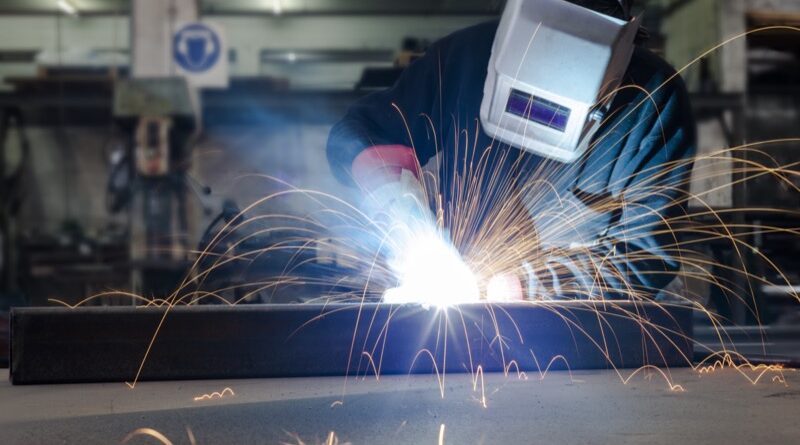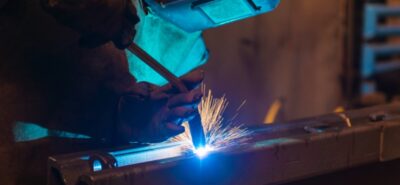Clamp Welder Guide: Essential Tools for Precision Fabrication
Welding is a delicate art that requires precision, skill, and the right tools. One tool that often gets overlooked but plays a crucial role in ensuring a successful weld is the clamp. In this article, we will explore the importance of using a clamp when welding and how it contributes to creating strong and reliable welds.
1. Ensures Proper Alignment: When two pieces of metal are being welded together, it’s vital that they are perfectly aligned. Even a slight misalignment can result in weak welds and structural issues. Clamps hold the pieces securely in place, ensuring they stay aligned throughout the welding process. This alignment precision is especially important in projects that demand accuracy, such as automotive or aerospace applications.
2. Provides Stability: Welding involves intense heat, which causes metal to expand and contract. Without a clamp holding the pieces in place, there’s a risk of movement during the welding process. Even a small movement can lead to a flawed weld. Clamps provide stability, preventing any shifts and maintaining the integrity of the joint.
3. Enhances Weld Quality: A stable workpiece is essential for producing high-quality welds. When a clamp is used, it minimizes the chances of defects like undercuts, uneven weld beads, or porosity. The steadiness offered by clamps allows the welder to focus on the welding technique, resulting in cleaner, stronger, and more professional-looking welds.
4. Ensures Safety: Safety should always be a top priority in welding. Clamps not only enhance the quality of the weld but also contribute to a safer working environment. By holding the pieces together securely, they prevent accidental slips or falls, reducing the risk of injuries. Additionally, a stable workpiece reduces the likelihood of welding spatter flying off unexpectedly, further enhancing safety.
5. Enables Precise Heat Control: During welding, controlling the heat is crucial to prevent warping or distortion of the metal. Clamps aid in this aspect by holding the pieces tightly together, allowing for precise heat application. This precision ensures that the metal is heated uniformly, reducing the chances of deformities in the final product.
In conclusion, using a clamp when welding is not just a best practice but a necessity. It ensures proper alignment, provides stability, enhances weld quality, ensures safety, and enables precise heat control. Whether you’re a professional welder or a DIY enthusiast, investing in quality clamps is a wise decision that will significantly improve the outcome of your welding projects.
Stay tuned for our next article, where we will explore different types of welding clamps and how to choose the right one for your specific welding needs.



